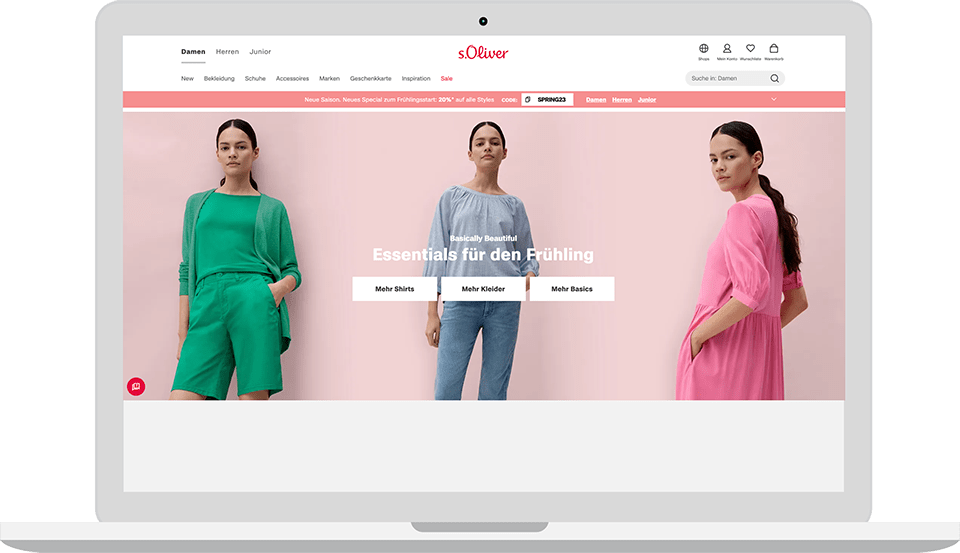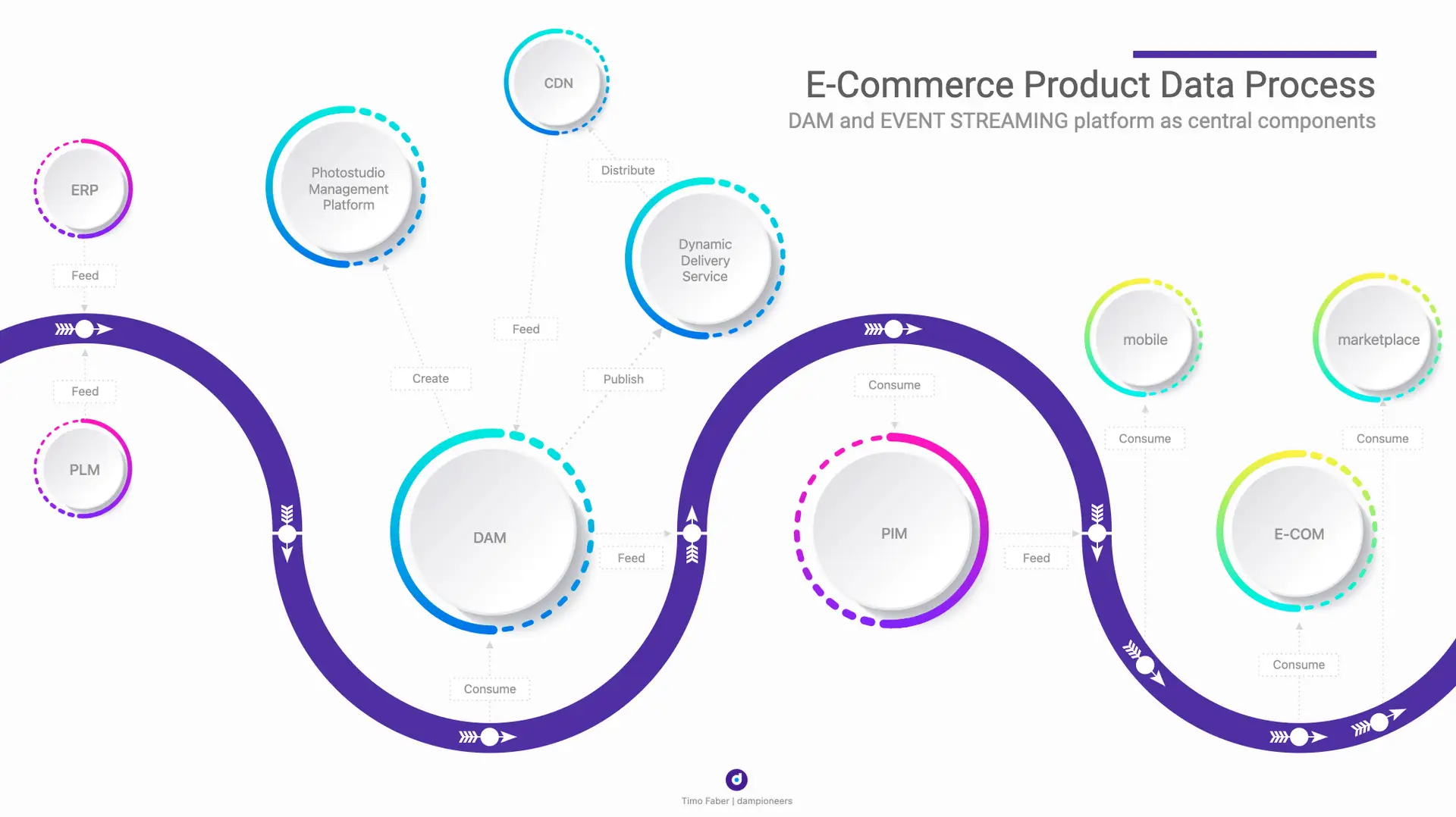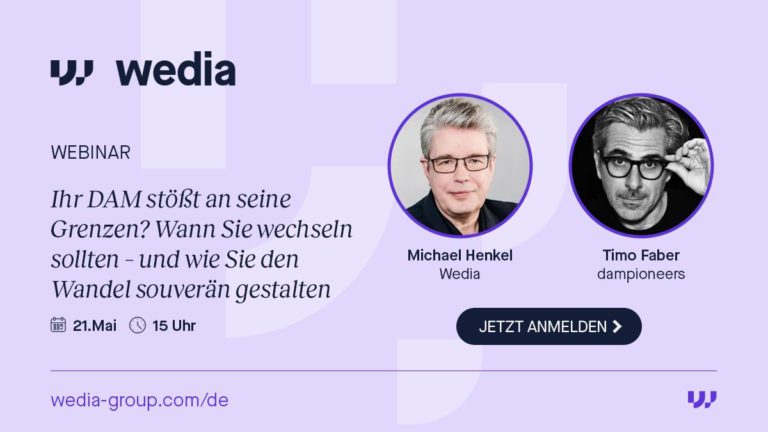The s.Oliver Group, headquartered in Rottendorf near Würzburg in Germany, is a renowned fashion company with a diverse family of brands and a global presence. Since its founding in 1969, s.Oliver Group has established itself as one of the leading players in the fashion industry, delighting customers worldwide.
With over 5,100 dedicated employees worldwide, the s.Oliver Group encompasses several brands, including s.Oliver, comma, Liebeskind Berlin, QS and Copenhagen Studios. The s.Oliver Group has an international focus and maintains a number of locations in Europe and beyond. In addition to its headquarters in Rottendorf, Germany, the company has other key offices in countries such as Austria, Switzerland, the Netherlands, Belgium, Greece, Spain, Croatia, Italy, Canada and India.
The company recognizes the growing importance of e-commerce and has been an early adopter of digital transformation. By expanding its online store, s.Oliver Group has created an innovative platform that gives customers around the world access to its wide range of fashion brands. Currently, 3 million fashion items are shipped per week.
Product Data & Content team processes
From the first online contact with the brands to the regular shopping experience on the various channels along the customer journey, the Product Data & Content team is responsible for ensuring that the right product data is available on time and in the highest quality for playout on the various channels.
Before migrating to a new DAM system, the Product Data & Content team’s processes were characterized by a large number of manual work steps, such as manual maintenance of Excel lists, partially manual transfer of product data assets between DAM, PIM, ERP, photo studio and e-commerce system, which resulted in a very time-consuming and error-prone process. This was only compensated for by the many years of experience and professional cooperation within the team.
The first step was to develop a new, innovative product data process that would eliminate all manual tasks and be fully automated. For this new process, a new DAM solution was selected in a detailed selection process under the project management of dampioneers. This solution was to meet these requirements and be used as the leading system for product data assets and, in a second step, for media data of all kinds throughout the entire group.
A new DAM as the leading system for all product data assets in the company
Today, the new Celum DAM solution automatically captures all relevant data to control the asset creation process in the photo studio. Using an enterprise-wide event streaming platform, the DAM captures the necessary product data at a very early stage of product development and creates a corresponding structure that is used at the end of the asset creation process to automatically sort product photos. Once imported, the assets are available to all consumers as CDN URLs in the same event streaming platform with virtually no delay or manual intervention.
s.Oliver group holds additional brands and in addition to the s.Oliver brand, comma, Liebeskind Berlin QS and Triangle were included in this project.






